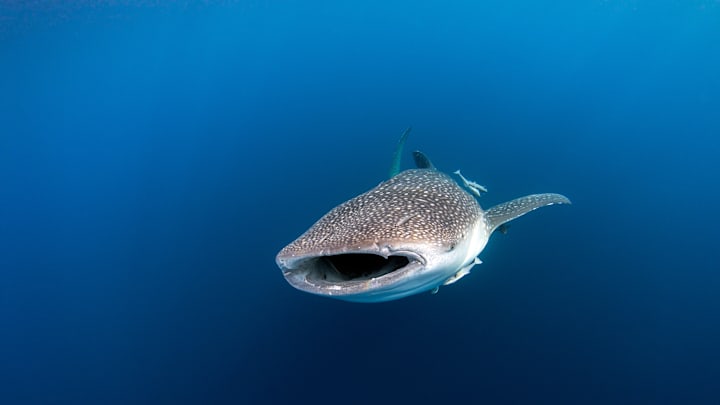Online tools like AVONET and AnimalTraits make it easy to compare the sizes of animals that reside above sea level. A comparable data wasn’t previously available for ocean dwellers, but now scientists based in the U.S. and the UK have changed that.
The new Marine Organismal Body Size Database (MOBS) is the most comprehensive catalogue of its kind. As the biologists behind it explain in an article in Global Ecology and Biogeography, it lists the maximum sizes (height, length, width, and diameter) of 85,204 animals listed in the World Register of Marine Species. That’s approximately 40 percent of all described marine animal species, ranging from worms to whales across all oceanic regions. You can view the database on GitHub.
Why are body-size databases necessary in the first place? The report explains that an organism’s size is closely related to other significant details, such as its history, physiology, and ecology. Thanks to MOBS, researchers will be able to easily access these datapoints when studying marine life.
According to the scientists behind MOBS, a disproportionate amount of size-related research focuses on larger species, like whales and sharks. But the dimensions of smaller animals are just as important. In fact, the largest animal in the world (the blue whale) relies on some of the tiniest creatures (krill) as a food source, eating about four tons of the shrimp-like species a day. Additionally, phytoplankton only grow about 0.002 to 1 millimeter, but these photosynthetic organisms are crucial to the planet, producing oxygen for land and sea creatures. Scientists believe that one species, Prochlorococcus, is responsible for creating approximately one in every five breaths a person takes.
With the help of MOBS, marine biologists around the world can gain a deeper understanding of ocean biodiversity and a firmer grasp of how environmental changes—like habitat degradation, global warming, and overexploitation—are impacting marine ecosystems.
Read More About Underwater Animals:
